Steps to write a nonprofit business plan
- Start with research
- Define your mission and vision
- Outline your programs and services
- Determine your organizational structure
- Conduct a market analysis
- Craft your marketing strategy
- Develop financial projections
- Write and refine
Business plans aren’t only for startups and corporations; they’re equally crucial for nonprofit organizations. A well-drafted nonprofit business plan not only provides direction but also attracts donors and other stakeholders. In this article, we’ll delve into the hows and whys of writing a nonprofit business plan and walk you through the process step by step.
The purpose and importance of a nonprofit business plan
A business plan is like a roadmap. It charts the course, setting clear goals and detailing the strategies needed to reach your destination (e.g., business goals). Given the unique challenges nonprofits face — competing for funding, demonstrating impact, and managing resources efficiently — a business plan is indispensable for staying on track.
What is a nonprofit business plan?
A nonprofit business plan is a document that outlines an organization’s operational and financial objectives, and details the strategies and resources (both human and capital) required to achieve those objectives. It serves as an internal guide for the organization’s leadership and a tool for communicating with external stakeholders.
Why do nonprofits need a business plan?
At its core, a nonprofit organization thrives on clarity of purpose, and a business plan offers just that. It establishes a clear mission and vision, serving as a guiding light for every strategic decision and action.
Beyond this foundational benefit, a business plan fosters operational efficiency. Meticulously outlining processes and delineating roles and responsibilities ensures a streamlined workflow, preventing any overlaps or omissions that could hamper the organization’s effectiveness.
In a competitive landscape where nonprofits vie for funding, a well-articulated business plan attests to the organization’s seriousness, structure, and transparency. Donors and sponsors are more inclined to invest when they see a clear roadmap detailing how an organization will use their contributions.
Last, a business plan serves as a robust framework for performance evaluation. Setting benchmarks and expectations drives the organization toward its goals and creates a culture of accountability — ensuring that every stakeholder is aligned and contributing to the collective mission.
Key components of a nonprofit business plan
Like a blueprint, a business plan has several elements that are indispensable to its structure. But depending on your organization’s goals and purpose, there may be elements unique to you. Let’s consider the pillar elements of every plan:
- The executive summary provides an overview of the organization, including its mission, vision, goals, and achievements to date.
- An organization description details the history, structure, and values of the organization.
- A market analysis provides a detailed examination of the community or population the nonprofit serves as well as a description of their needs and the ways the organization meets them.
- The organizational structure outlines the roles and responsibilities of team members, the board of directors, and other key personnel.
- The services and programs section provides details on the services the organization provides or the programs it runs.
- The marketing plan explains how the organization will raise awareness about its work. It includes strategies for donor engagement, fundraising events, and promotional campaigns.
- The financial projections section provides an estimate of the organization’s financial outlook for the next three to five years. It includes expected income, expenses, and milestones to reach financial sustainability.
A step-by-step guide to writing a nonprofit business plan
Creating a nonprofit business plan can seem daunting, but it can be rewarding if you take the right approach. Follow this step-by-step guide to help you navigate the process:
- Start with research. Understand the needs of your target community. This knowledge forms the foundation of your business plan.
- Define your mission and vision. Clearly state what your organization aims to achieve and the change it wants to bring about.
- Outline your programs and services. Detail how you plan to achieve your mission. Break down your offerings, explaining the impact and benefit of each.
- Determine your organizational structure. Establish the hierarchy, roles, and responsibilities to help in operations and decision-making processes.
- Conduct a market analysis. Identify key trends in the nonprofit sector and analyze your competitors. Determine what sets you apart.
- Craft your marketing strategy. Consider how you’ll communicate your mission and raise funds. You might include events, online campaigns, and collaborations.
- Develop financial projections. While predicting donations is challenging, try to provide a realistic financial outlook. Base projections on past data, if available, or make educated guesses using your market analysis.
- Write and refine. Draft the business plan, integrating all the components. Use clear, concise language. Once your draft is complete, review and refine it for clarity and coherence. It’s a good idea to have another professional review it too, as they may see things that you’ve missed.
Tips and best practices
- Stay realistic. While optimism is great, your projections and plans should be grounded in reality.
- Engage stakeholders. Consult team members, board members, and even potential donors when drafting the plan.
- Regularly review and update. A business plan isn’t a static document. As your organization evolves, make sure your business plan does too.
- Use visuals. Graphs, charts, and infographics can make your plan more engaging and easier to understand.
How Jotform can help you create a nonprofit business plan
Crafting a nonprofit business plan requires meticulous organization and seamless data collection. As you dive into the process, Jotform can help you create customized forms that streamline various aspects of your planning.
Whether you’re gathering initial research and feedback, managing donor information, registering volunteers, or even tracking impact metrics, Jotform ensures that every piece of data is organized and accessible.
Jotform’s intuitive interface and templates make it easy to design forms tailored to your nonprofit’s specific needs. Use Jotform’s business plan templates to give yourself a head start. From soliciting feedback on a new program idea to managing donor relationships to reporting on the tangible impact of your efforts, Jotform simplifies the process. You can even use the business proposal template to collect grantor signatures.
Nonprofit organizations are eligible for a 50-percent discount on paid Jotform plans.
Photo by Monstera Production








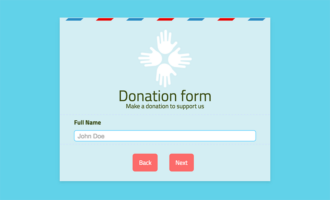







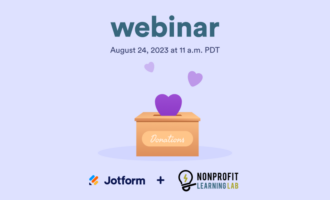








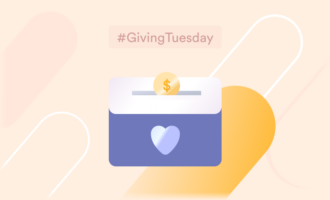


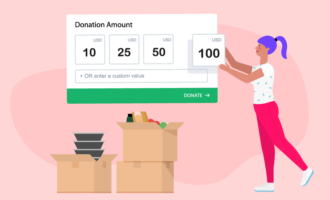








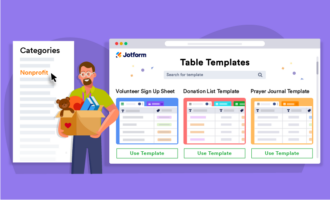






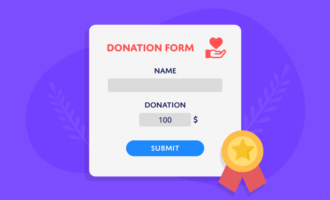
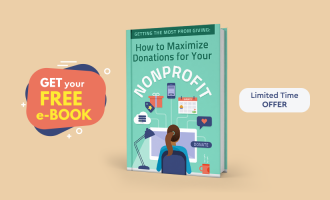























Send Comment: